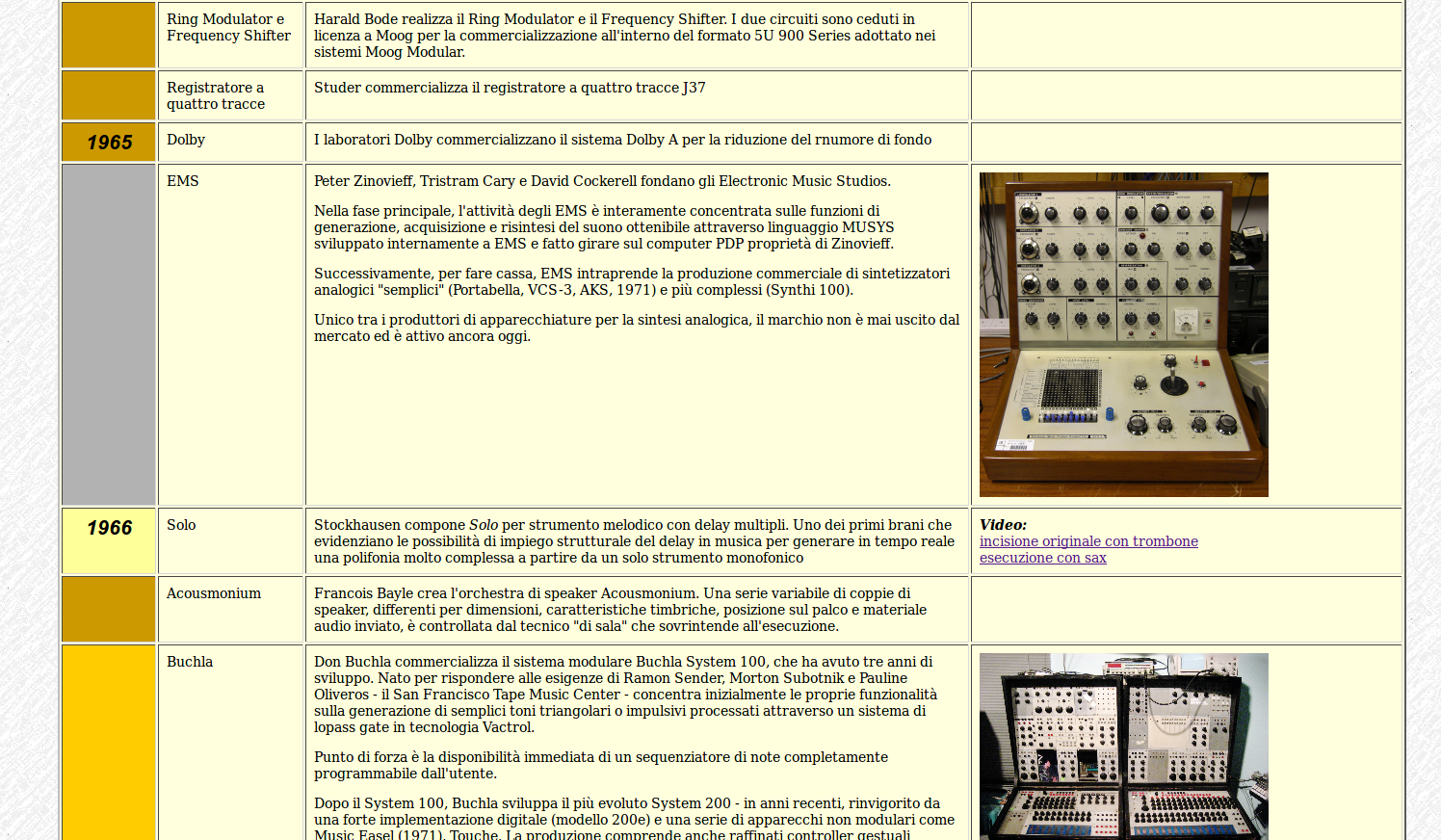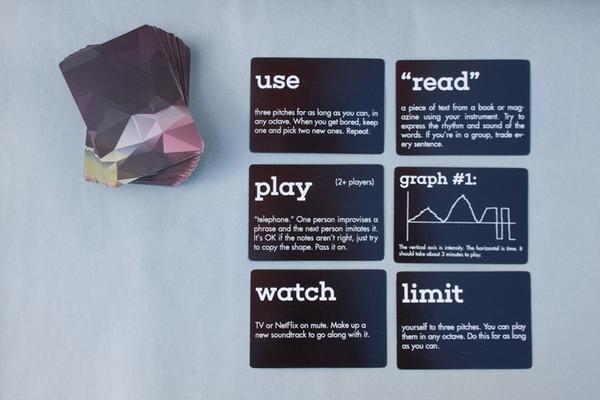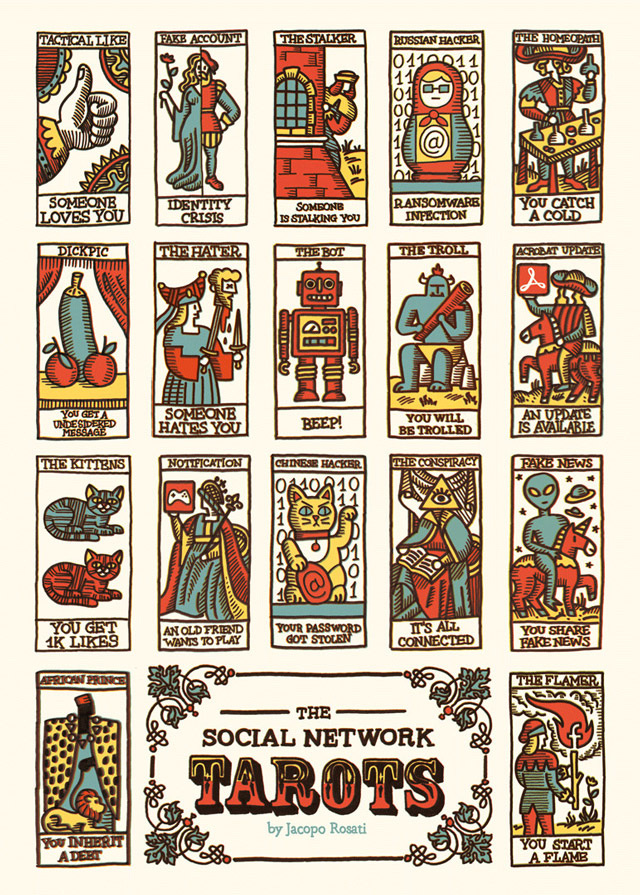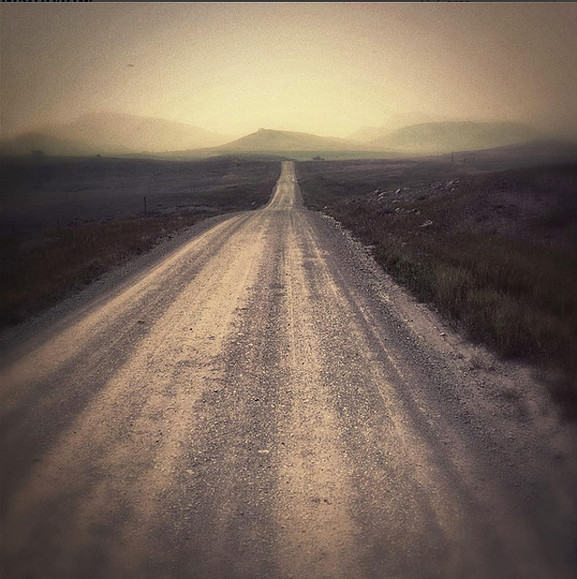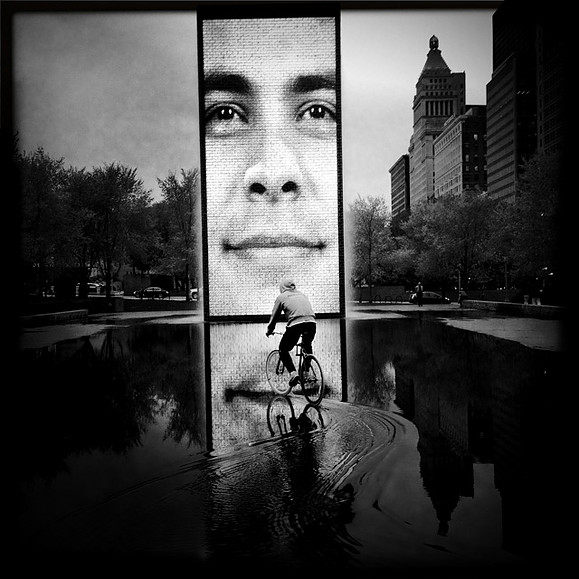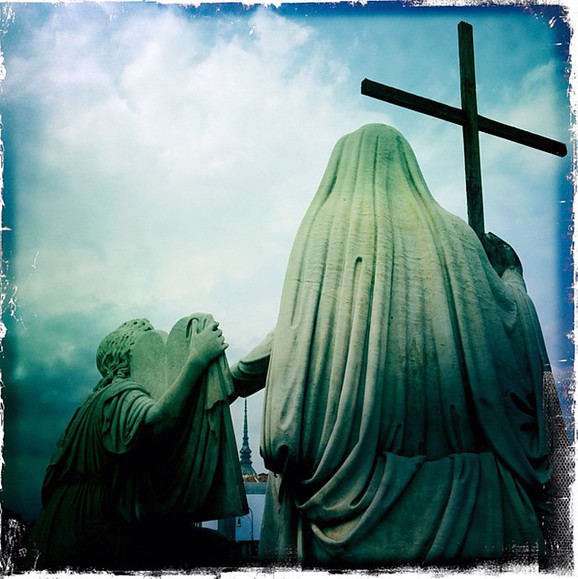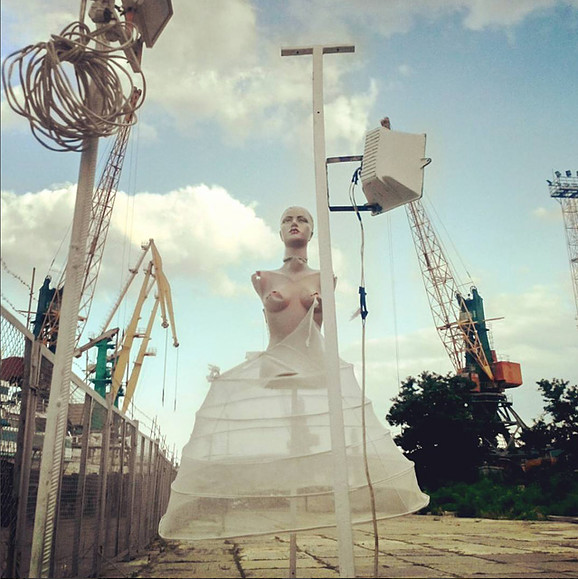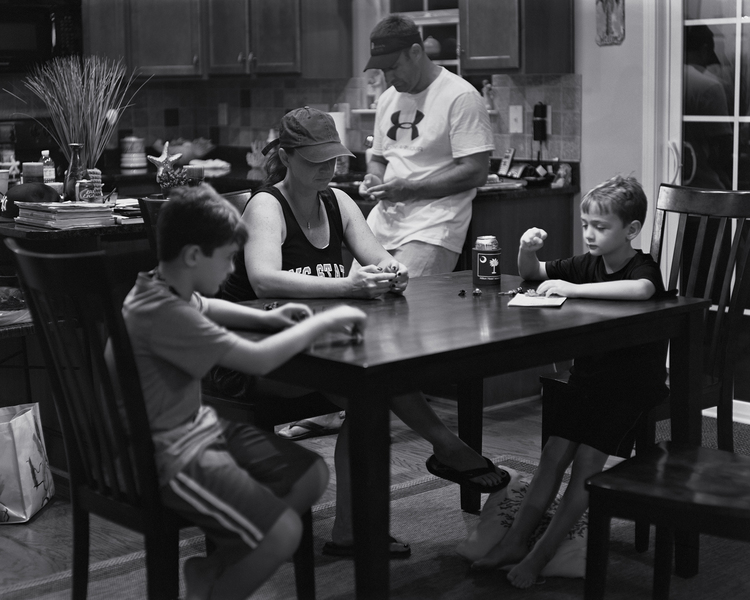An excerpt from the Suguru Goto’s Japanese tour of 2016. The video, from Tokyo concert, is a collage of three songs with music by Suguru Goto and graphics by three different artists Patrick Defasten, Lucio Arese and Antoine Schmitt .
The songs are:
Body Jack, Suguru Goto music, Patrick Defasten graphics
CsO, Suguru Goto music, Antoine Schmitt graphics
Continuum, Suguru Goto music, Lucio Arese graphics
There is no detailed info, but I guess that all the songs could be generated with one of the classic audio and video software, such as Max/Jitter or PD/GEM or, at least, Max/PD exchanging data with Processing.
In the first two tracks the graphic part is completely generated by the computer. The second one is based on the particles most likely by Jitter.
The former exhibits a considerable amount of objects assembled in a toroidal configuration, which then explode into other forms. Rotations are not a problem because they are not the objects to move, but the virtual camera (the “viewpoint”). But the amount of objects and their arrangement suggests some kind of specialized software.
In the third, however, there are almost organic shapes that resemble jellyfish, and it is more difficult to understand if we have to deal with a totally computerized graphic or with a few shots.
Show on Vimeo
Suguru Goto on wikipedia
